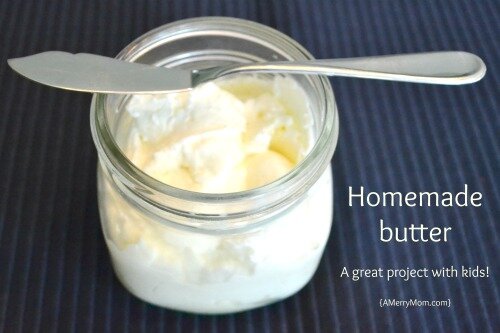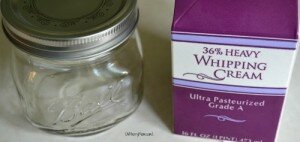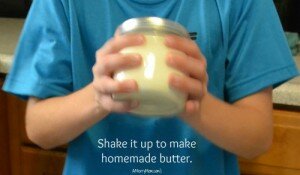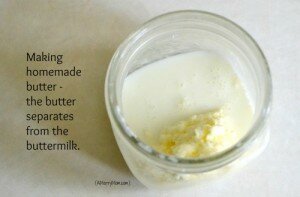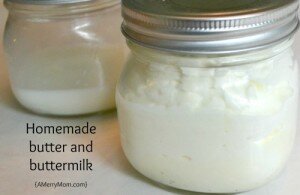When school is out for summer, we always look forward to fun family activities. Like all moms, I love summer activities for kids that we can do inexpensively or for free!
The list below is a starting point for thinking creatively about activities for kids during those fabulous summer days. Do you have any suggestions I should add?
1. Take that final report card and collect free doughnuts for good grades. Although I can’t find any official information about it on the Krispy Kreme website, their stores give kids a free original, glazed doughnut for each “A” grade earned on report cards. Check with your Krispy Kreme location.
2. Catch a movie. Matinees are always cheaper, and some theaters even have $1 special movies in the summer. The Summer Movie Express at Regal Cinemas offers $1 admission to a selected list of PG movies on Tuesday and Wednesdays for nine weeks over the summer. Cinemark’s Summer Movie Clubhouse offers 10 weeks of films rated G and PG at participating theaters, with an option for $1 admission at the door or a ten-week series punch card that’s available while supplies last at the theater box office or online at Cinemark.com.
3. Join a summer reading program. Many local libraries offer kids’ summer reading programs with rewards. National booksellers – including Books-A-Million, Barnes & Noble, Family Christian Stores, and Scholastic – have their own programs with rewards. Pottery Barn Kids also has a Summer Reading Challenge, along with a weekly story time in stores.
4. Take advantage of the library. While you’re there to get some books and participate in a summer reading program, check out the other children’s programs that may be available, such as reading groups and craft workshops.
5. Go bowling. The Kids Bowl Free website lists participating locations across the U.S. and Canada, offering kids up to two free games a day, all summer long.
6. Build something at a kids’ DIY workshop. Home Depot offers free workshops for children the first Saturday of the month, while Lowe’s Build & Grow program has free clinics every other Saturday. Check the websites for the schedule, featured project, and registration.
7. Build something at home. Inexpensive models and craft kids are available, or just use what you already have: pull out the Legos for a new creation, make a fort from blankets, etc.
8. Build something at a LEGO Store. On the first Tuesday evening of each month, LEGO Stores host a Monthly Mini Model Build, allowing children ages 6 to 14 to learn how to build a special, free mini model that isn’t available for purchase. The LEGO Stores website has more information about the schedule and each month’s model.
9. Learn about the great outdoors. At its retail stores, Bass Pro Shops offers Family Summer Camp with free workshops, crafts, and activities for kids and families. In 2014, the events are held every Tuesday, Thursday, Saturday, and Sunday from June 7 to July 13. Check the Bass Pro Shops website or news release for the scheduled activities. The company also has a Bass Pro Shop kids’ web site with online games, craft project ideas, printable coloring pages and puzzles, and a collection of online animal fact cards.
10. Go on a nature walk. Whether it’s through the backyard, at the park, or through the woods, take time to observe the natural world and discuss it with the kids. Consider giving them a small notebook to record their observations, an old or disposable camera for pictures, a checklist of things to look for, or a container to collect specimens such as leaves, flowers, or small bugs. Link here to an eHow article with more ideas and safety tips.
11. Try geocaching. Ready to step it up from a nature walk to a treasure hunt? Go on a geocaching adventure. Visit Geocaching 101 from geocaching.com to learn more. If you have a smartphone with GPS, you can get started with free apps that are available to guide the hunt.
12. Have a picnic. Whether it’s in conjunction with another activity, like a nature walk or geocaching, or just a simple event in itself, summer picnics are a fun way to spend some time outdoors.
13. Fly a kite. Get an inexpensive kite and head out to an open space. Amazon has a simple rainbow diamond kite with good reviews for less than $12.
with good reviews for less than $12.
14. Plan a water game day. Pull out the hose and a sprinkler, fill up some water balloons or water guns, and make up your own games to get wet and have fun.
15. Pull out some board games. Pick your favorite board games for some friendly competition. Invite some friends over for a game day – and ask them to bring some of theirs to discover new favorites.
16. Put together a jigsaw puzzle. Find a puzzle geared toward your kids’ age, but don’t be afraid to challenge them!
17. Conduct your own science experiments. Pinterest is filled with kid-friendly experiments that can be conducted right in your kitchen or backyard. Check out my Pinterest board of kids’ experiments!
18. Star gaze. Research stars and constellations, and find a clear summer night to search the sky for those heavenly bodies. A trip to a planetarium would make a grand finale.
19. Find free or reduced-price museum admission. Many museums have special admission days that allow visitors for free or reduced entrance fees.
20. Get crafting. At Michaels Stores, the Passport to Imagination program offers kids the opportunity to complete crafts related to 7 different museums – one each week – through 2-hour in-store events that are just $2. Related projects are also suggested on the website for crafting at home.
21. Learn about a different culture. Research another country to learn about their culture, and plan crafts and food to gain a better understanding of life in that country.
22. Cook up fun. Spend time cooking or baking special dishes together, or let kids try some cooking lessons. Williams-Sonoma offers free junior chef classes for kids in its stores on select Saturdays. Visit Williams-Sonoma.com for dates, times, and registration information for your local store.
23. Grow your own food. Plant some fruit, veggies, or herbs and work together to cultivate them. It just takes a pot or two to learn about caring for plants and reaping the harvest. Take it an extra step and visit a self-pick farm and let the kids help harvest their own food on a larger scale.
24. Learn origami. Pick some simple patterns to make lovely paper crafts. Origami-instructions.com has instructions for a variety of origami folding designs, including simple options for kids. Pick a paper airplane design and have a contest to see which one flies best!
25. Go roller skating. Kidsskatefree.com lists participating skating centers that provide free skating passes for children. The program is not yet nationwide, but is a nice resource for those living near a participating location.
26. Do good in your community. Summer is a great time to find volunteer opportunities. Check out VolunteerMatch.org for local volunteer needs, using the filter to search for those that are appropriate for kids or teens. Or, just clean out those closets and donate unneeded items to a local charity.
27. Keep learning with online resources. Learning can be fun! Check out some free online learning tools to keep kids sharp over the summer. The U.S. government’s web portal for kids at kids.gov is one resource, offering a variety of activities for kids from kindergarten to eighth grade. It includes online access to games, videos, books, and other educational resources in categories including art, music, science, math, money, social studies, and more. It’s a nice collection to keep kids learning over the summer.
Do you have other great ideas for inexpensive summer activities for kids? Let me know your suggestions to add to the list.
This post contains affiliate links, which help support this site.
This post is linked to some of these link parties.
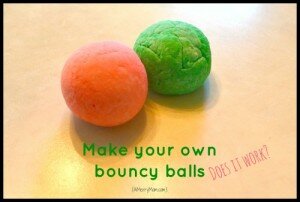 We followed the first set of instructions I found and ended up with bouncy balls that were too hard and cracked. It may have had something to do with the clear glitter glue that we used (thinking it would be fun to have glittery bouncy balls), since that glue was more stiff than regular white glue. We tossed those in the trash and decided to try again. We thought we could make this experiment work!
We followed the first set of instructions I found and ended up with bouncy balls that were too hard and cracked. It may have had something to do with the clear glitter glue that we used (thinking it would be fun to have glittery bouncy balls), since that glue was more stiff than regular white glue. We tossed those in the trash and decided to try again. We thought we could make this experiment work!

